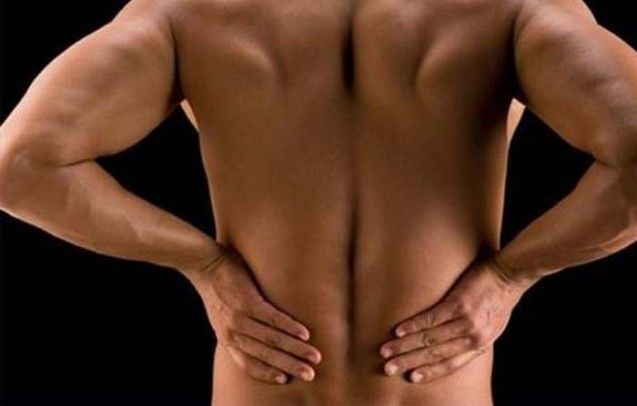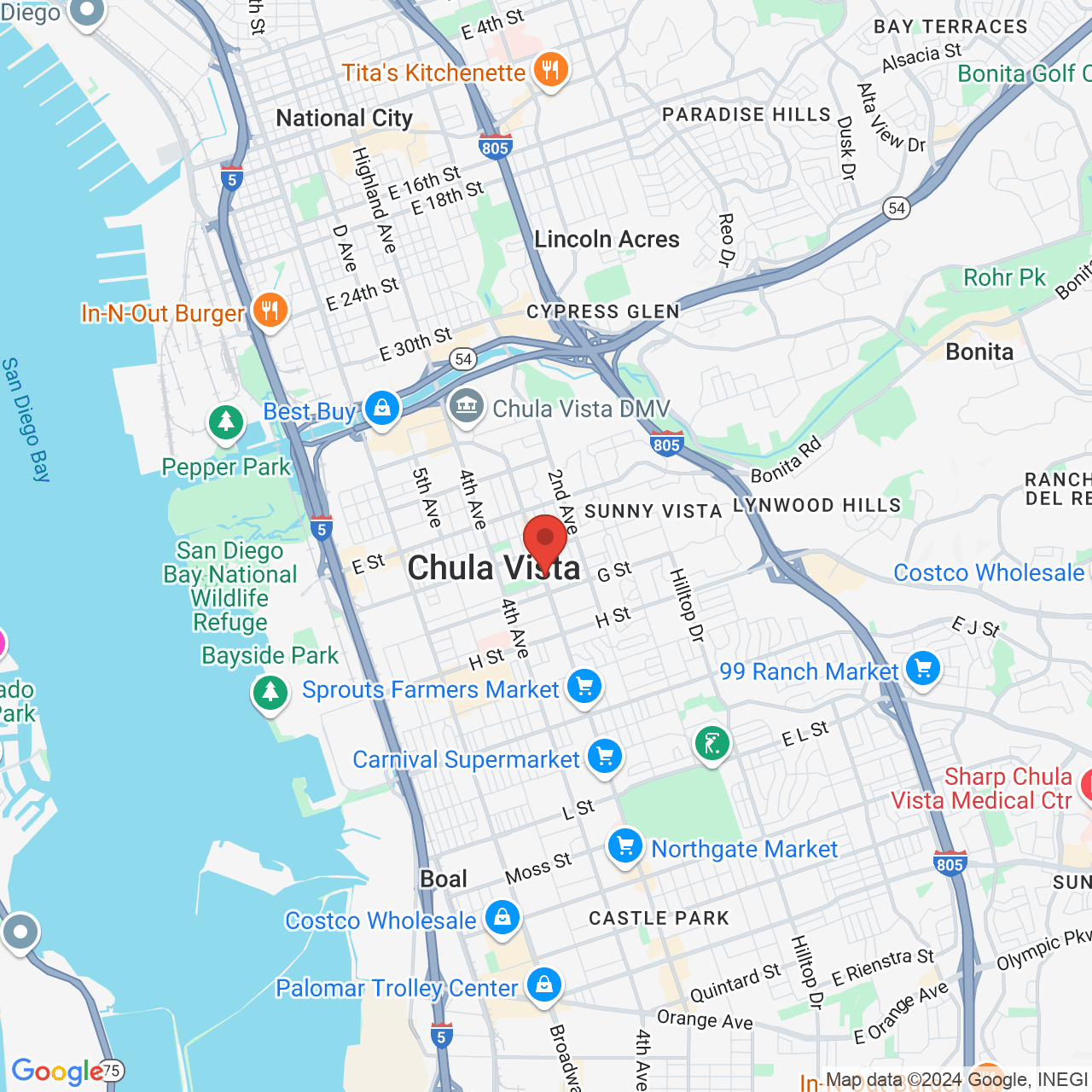Spinal Stenosis Treatment
What is Spinal Stenosis?
Spinal stenosis is the narrowing of your spinal canal and nerve root canal along with the enlargement of your facet joints. Most commonly it is caused by osteoarthritis and your body’s natural aging process, but it can also develop from injury or previous surgery. As the spinal canal narrows, there is less room for your nerves to branch out and move freely. As a result, they may become swollen and inflamed, which can cause pain, cramping, numbness or weakness in your legs, back, neck, or arms. Spinal stenosis is a degenerative condition that happens gradually over time and refers to:
- Narrowing of the spinal and nerve root canals
- Enlargement of the facet joints
- Stiffening of the ligaments
- Overgrowth of bone and bone spurs
Stenosis can occur along any area of the spine (cervical, thoracic, lumbar), but is most common in the lumbar area. Nearly every adult’s spinal canal narrows with age; however, for most people this does not cause symptoms. Narrowing of the nerve root canal (lateral stenosis) presses on the spinal nerves, causing inflammation and pain. Narrowing of the spinal canal (central stenosis) presses on the spinal cord causing inflammation and weakness.
Anatomy of the Spinal Canal
To understand spinal stenosis, it is helpful to understand how your spine works. Your spine is made of 24 moveable bones called vertebrae. The vertebrae are separated by discs, which act as shock absorbers preventing the vertebrae from rubbing together. Down the middle of each vertebra is a hollow space called the spinal canal that contains the spinal cord, spinal nerves, ligaments, fat, and blood vessels. Spinal nerves exit the spinal canal through the intervertebral foramen (also called the nerve root canal) to branch out to your body. Both the spinal and nerve root canals are surrounded by bone and ligaments. Bony changes can narrow the canals and restrict the spinal cord or nerves.

Spinal Stenosis Symptoms
Generally speaking, the various types of spinal stenosis produce similar symptoms. Symptoms usually develop over time or may occur as a sudden onset of pain. You may feel a dull ache or sometimes sharp and severe pain in different areas, depending on which part of the spinal canal has narrowed. The pain may come and go or only occur during certain activities, like walking. The longer a patient with spinal stenosis stands or walks, the worse the leg pain will get.
- Burning, tingling, or shooting pain in the buttock, arms or legs
- Low back pain
- Diminished pain in the arms and legs when bending forward or sitting (which relieves the pressure on the nerve by temporarily opening the vertebral space)
- Numbness and tingling
- Weakness
Leg pain with walking can be caused by either arterial circulatory insufficiency or from spinal stenosis. Leg pain from either condition will go away with rest, but with spinal stenosis the patient usually has to sit down for a few minutes to ease the leg and often low back pain, whereas leg pain from vascular claudication will go away if the patient simply stops walking. Flexing forward or sitting will open up the spinal canal and relieve the leg pain and other symptoms, but they recur if the patient gets back into an upright posture. Numbness and tingling can accompany the pain, but true weakness is a rare symptom of spinal stenosis. An older person leaning over the handle of their shopping cart while making short stumbling steps often has spinal stenosis.
Spinal Stenosis Treatment
Rest and restricted activity, as well as over-the-counter medications, such as aspirin and analgesics, and corticosteroid injections, have been known to provide only temporary relief of the pain associated with stenosis. Physical therapy and surgery have also shown to be somewhat effective. Self Care Using correct posture and keeping your spine in alignment are the most important things you can do for your back. The lower back (lumbar curve) bears most of your weight, so proper alignment of this section can prevent injury to your vertebrae, discs, and other portions of your spine. You may need to make adjustments to your daily standing, sitting, and sleeping habits. You may also need to learn proper ways to lift and bend. You may be able to slow down the progression of stenosis by not smoking and maintaining a weight that’s appropriate for your height and body frame.
Chiropractic Treatment
Spinal adjustment realigns the bones and returns joints to a more normal motion. Good motion helps reduce pain, muscle spasms or tightness, and improves nervous system function and overall health. Motion also reduces the formation of scar tissue, which can lead to stiffness and degeneration. Following a series of chiropractic treatments, patients report a reduction or complete elimination of symptoms — depending on the severity of the condition, age and health of the patient, and how long the condition has existed.


